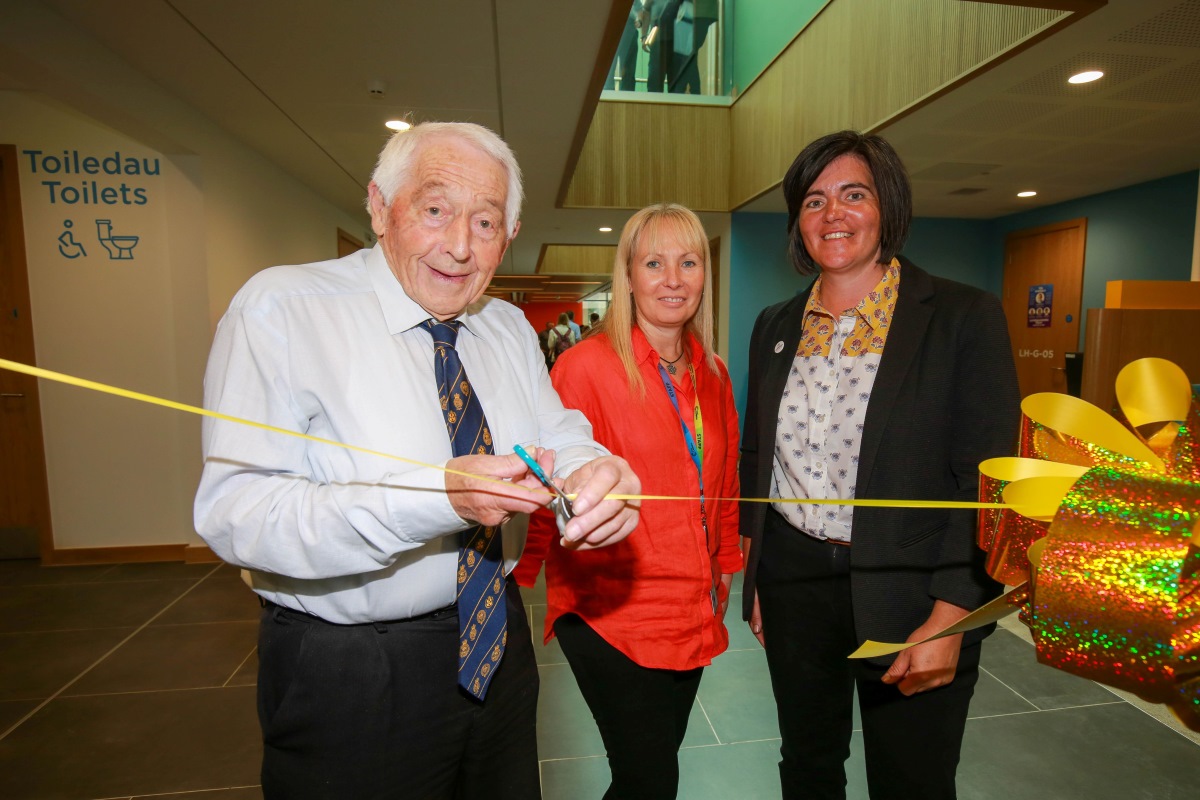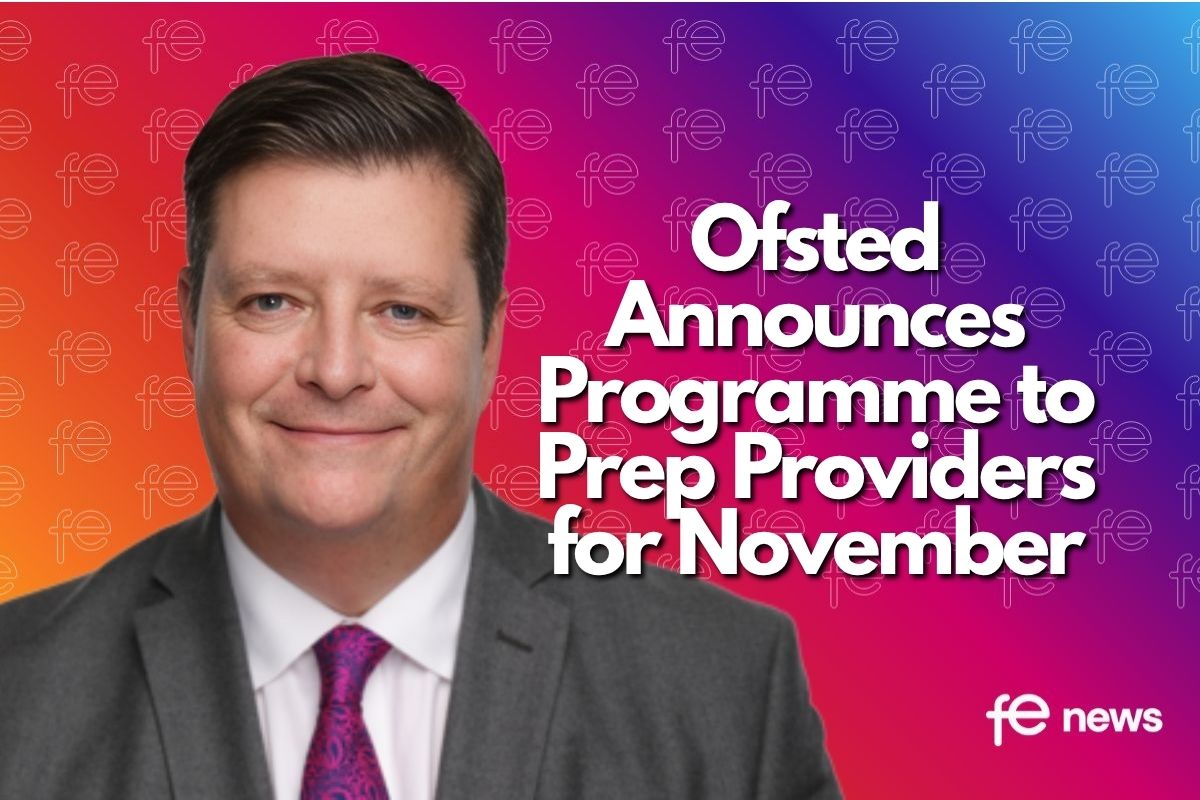Educational experts explain how HR professionals can attract teachers amid predicted burnout crisis
Google Searches for ‘teacher stress’ have spiked this month, with an increase of almost 30% since December
Searches for ‘teacher stress’ have increased by 30% since December and have soared 203% compared to January last year. Research into Google search data shows that teachers across Australia are experiencing high levels of stress which experts predict could lead to industry wide burnout. .
The data also shows that ‘signs of burnout’ were at their highest in March last year, as leadership teams and HR professionals are being warned to address burnout before the expected spike in the lead up to Easter, and to ensure existing teachers remain in their professions to avoid a shortage in the industry.
‘Signs of burnout’ are receiving the most searches from New South Wales, Queensland and Victoria, with ‘occupational burnout syndrome’ also increasing in monthly queries.
The Australian government has started work to implement its National Teacher Workforce Action Plan to resolve the shortage of education professionals in the country. The plan is designed to increase the number of people choosing to become teachers and includes a $25m Workload Reduction Fund aimed at giving teachers more time in the classroom and less on burdensome administrative tasks.
Joseph Raffell, Head of Education at specialist teaching recruitment firm, Engage Education, highlights how HR teams can tackle burnout amongst current teachers and employ new teachers into the industry.
How should schools tackle burnout in teachers?
“It’s vital that schools tackle the teacher burnout crisis as soon as possible – to minimise further shortages. One of the key contributors to teacher burnout is the extreme workload and lack of support. In order to focus on the students, teaching assistants and other staff can be redeployed to take on extracurricular activities. This will free up time for teachers to concentrate on lesson planning, helping students and still having time to switch off outside of work.
“There’s plenty of expectations placed upon teachers, which only adds to the stress and eventual burnout. It can be hard to think creatively about lessons when teachers feel as though they have to constantly ‘think outside the box’. Providing resources such as high-quality lesson plans can alleviate some of this pressure and helps teachers to feel supported.”
How can schools employ more teachers amid an ongoing burnout crisis?
“As The Australian government has started work to implement its National Teacher Workforce Action Plan, it’s more important than ever to rectify the issues schools are currently facing. The teacher shortages as a result of burnout need to be addressed by focusing on making the job as rewarding as possible. Whilst financial incentives can attract more teachers, the fundamental issues must be fixed first.
“Providing a supportive environment that allows teachers to develop professionally and focus on their students is key. A strong induction, development and mentoring programme will both attract and retain teachers in schools. Consider flexible working options such as part-time and reduced hours to entice more specialists into schools. Listening to what teachers want and responding with significant changes will attract and retain a great deal more talent.”
Stephen Finch, Primary Teacher for The Department of Education Tasmania commented on the burnout crisis, stating:
“Teacher burnout is significant, especially in the first few years of teaching. Approximately three out of five new teachers leave due to excessive work load. Unfortunately, we are even seeing experienced teachers leave now too. The main reason is too much administrative type tasks and not enough time to do planning and assessing. As well, there are no real recruitment strategies for teachers of special needs. This an area of major teacher rollover. We are now starting to see some pay incentives offered which could help attract more teachers specialising in educating children with autism”.











Responses